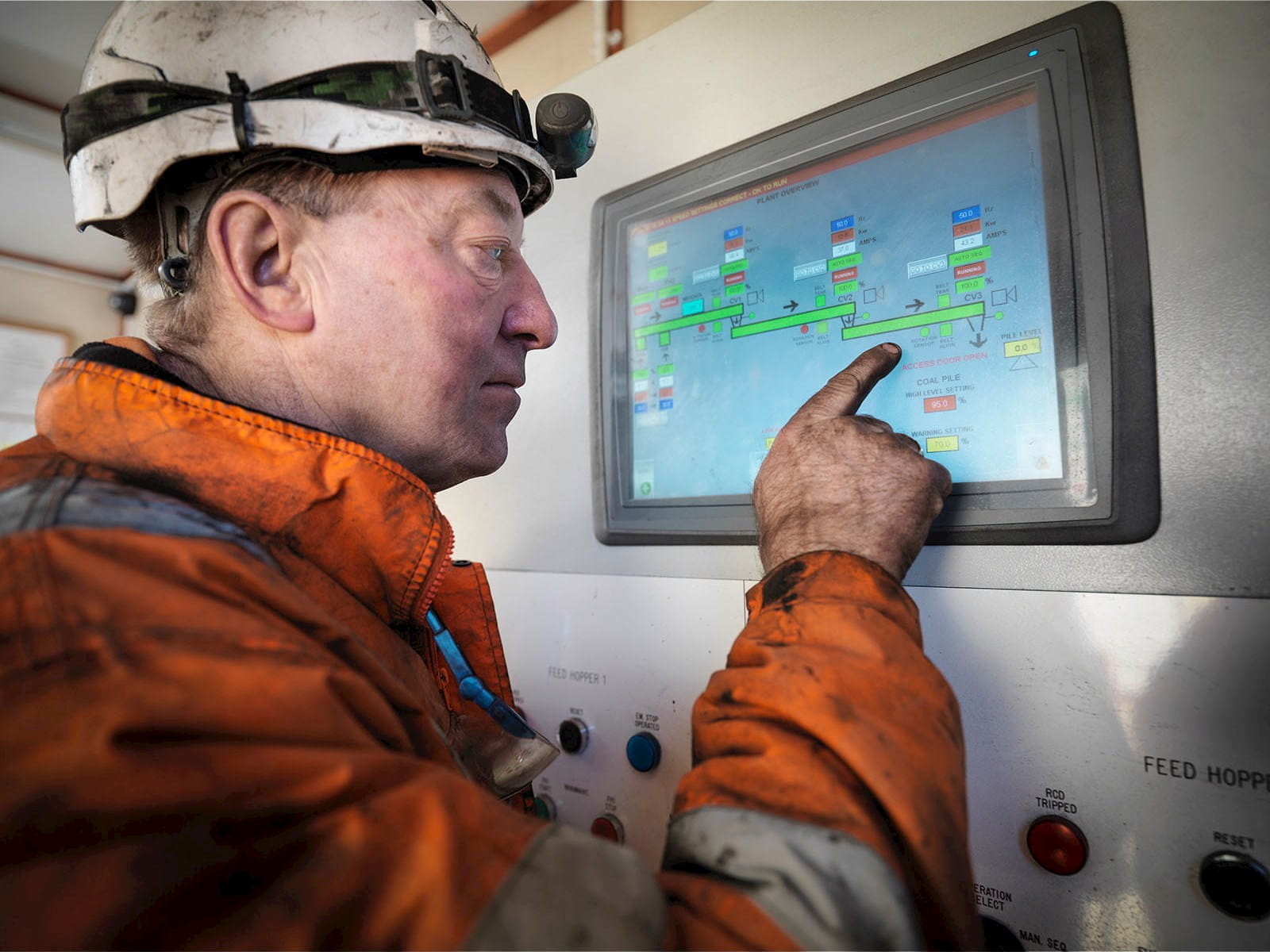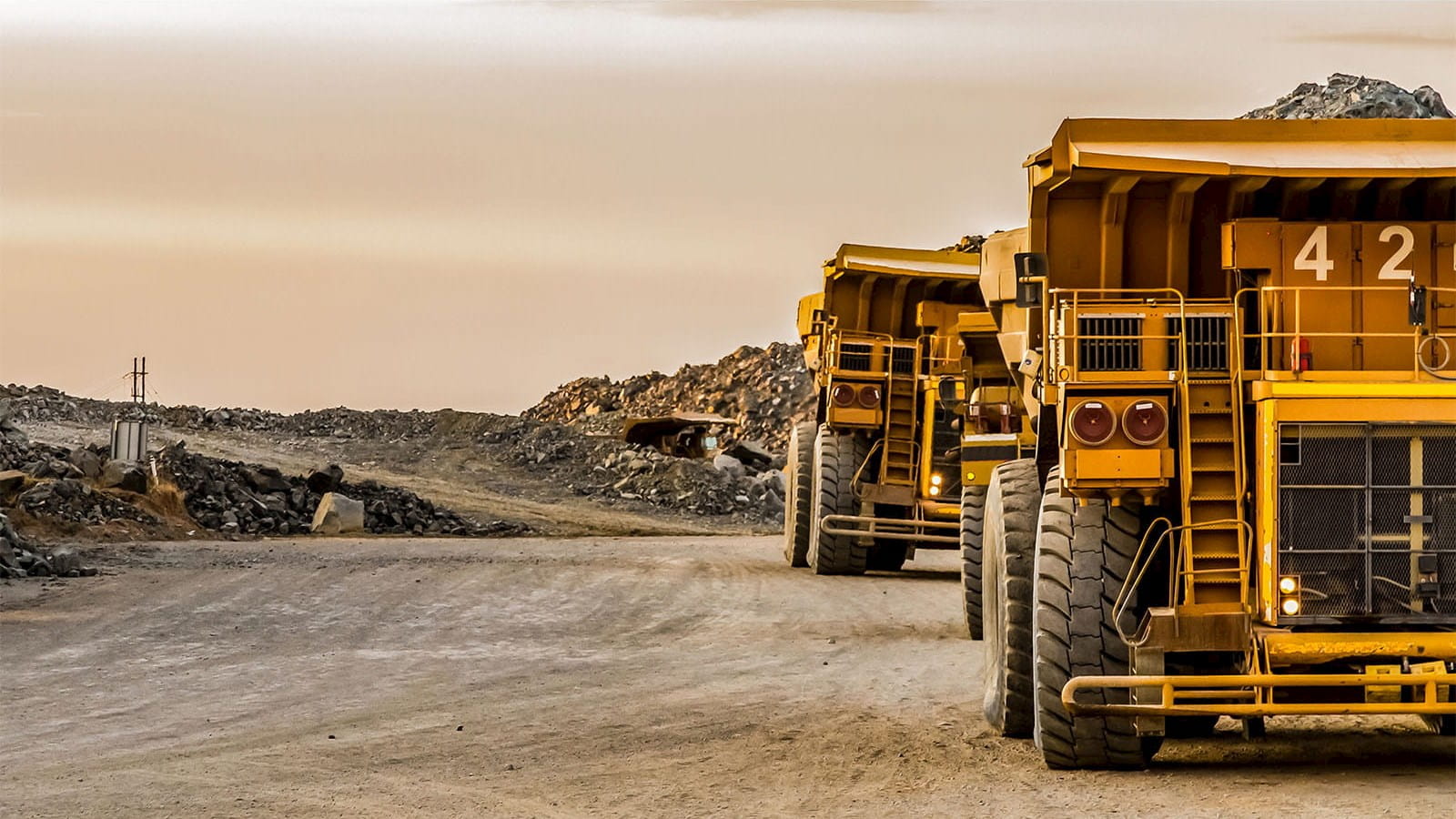Mining is one of the few sectors on target to show an M&A uptick this year. Looking below the surface of the figures, the energy transition megatrend is driving investment funded by increased commodity prices. Marc Mullen reports.
The mining sector is undergoing something of a seismic shift. Demand for minerals and metals is greater than ever – and, crucially, what miners are digging for is changing. The drive for electrification to meet net-zero targets will be mineral-intensive. The International Energy Agency estimates that the demand for minerals used for electric vehicles and battery storage will grow tenfold by 2040.
By the end of July, global M&A in the sector was $102.5bn, just $4bn shy of the total for 2022. It is unlikely to hit the $222.6bn of deals that was seen in 2021, but that involved a lot of catch-up from 2020. Despite that, this year’s outturn is likely to be the second highest of the past seven years. Deal volume is holding up, too. In May, the lithium mega-marker between NYSE-listed Livent and Allkem, valued at $10.6bn, was announced.
Public opposition to mining because of environmental issues is a growing challenge for miners looking to open up new seams of minerals such as lithium. And then there is the battle mining faces in attracting labour and engineering expertise as it looks to transition to sourcing new metals and minerals, and more modern, efficient and environmentally friendly mining processes. It’s an industry in flux, so what are the prospects for M&A?
“M&A in the mining sector remains buoyant, with promises of excess returns in critical minerals, so shareholders are investing where they have an appetite for a degree of risk,” says John Mullins, PwC M&A senior manager, who specialises in the sector. “Miners have been cash-rich, returning funds to shareholders and, bar the dip in Chinese demand, are able to fund deals directly, especially when they are also able to tap into government funding, such as through the US Inflation Reduction Act or EU Green Deal funding routes.”
Mullins also points out that portfolio rebalancing is freeing up funds to be diverted into higher growth areas, adding: “The entry of new capital from downstream mineral users such as battery companies and vehicle original equipment manufacturers (OEMs) increases the range of funding routes available for deals in the right sectors.”

Smarter digging
A recent survey of international mining sector investors by mining company Tresor Gold revealed that 38% cited digitisation as the most disruptive factor for the industry, and 27% said shifts in operating models across the sector were having the greatest impact. Digitisation of processes is an enabler for further consolidation, points out Elisabeth Hunt, PwC partner and energy and resources sector leader: “Integrated IT systems and high data bandwidths give the ability to manage some key technical activities, such as design, planning and geology, remotely. This enables back-office acquisition synergies, as well as driving the consolidation of specialist engineering expertise contained within smaller companies, to enable the global provision of technical services by larger players to smaller miners.”
There are more small deposits of critical minerals (including lithium, nickel and copper) than large ones, and demand is tempting miners to look at geological assets that would have been too small or too difficult to access before. Downstream demand for metals associated with electrification is the key driver of this activity. Mining smaller amounts in more challenging locations requires technology to extract minerals such as lithium efficiently. Much technology is still in the pilot phase. But it is changing – and will change further – the quality and grade of deposits being extracted. It is simple economics that go back to the gold rush: higher projected prices make lower-grade deposits more viable.
Like many industries, tech is evolving at a faster pace than it ever has done. Big mining companies take years to work out how they will extract before they put a shovel into the ground. Then, potentially, it can be five years before they get to pay back. It is traditionally an incredibly complex, long journey on both the technical and resources sides.
The drivers behind miners’ adoption of technology is twofold, says Lee Downham, EY global mining and metals strategy and transactions leader: “First, there is the on-site technology that helps miners improve productivity and reduce the environmental impact of extraction, particularly around water and energy usage. A lot of that technology is developed in-house or jointly developed rather than acquired.
“Second, technology has a big role to play in metals demand, for example to support the electrification of vehicles, wider battery technology to support grid systems and similar technologies. These trends are key considerations in miners’ portfolio investment decisions.”
Efficient operations are important for all miners. Cloud-based machine-learning and AI systems to operate processing plants and equipment more efficiently are now deployed. Large-scale miners have always had to be at the forefront of advanced technology, given the cost of operating in often remote locations.
“We see M&A activity being driven where companies with good global coverage are starting to build their digital capabilities through acquisition of smaller tech-enabled companies, acquiring both engineers and the ability to stitch together a better total service offering,” says PwC’s Mullins. “It’s no longer sufficient to only offer a truck and a drill. There is a world of data associated with capital equipment. Good use of this data can reduce operating costs and increase productivity and safety, giving mine and machine operators better visibility and control while helping to embed equipment providers in the mine’s operating fabric.”
Connected equipment and integrated data systems mean equipment, service and traditional software providers are vying to supply data analysis and integration packages. “That is also leading to M&A activity, as they expand their service offering beyond their ‘traditional’ expertise or deepen their capabilities and consolidate their offerings,” Mullins adds.
Mining equipment suppliers are expanding their data and tech capabilities to drive productivity and remote/autonomous equipment operations. The dominant mining technology is likely to be electrical. “With mining equipment able to be electrified, the green energy drive will be on to develop local power generation and storage capacity, as well as provide a broader range of electrified equipment,” says Hunt.
Geopolitical play
And new mining players are emerging. We have seen it in Africa and South America with lithium. But in the Middle East there is diversification from oil into other minerals. “This will lead to both new deposits being opened up, and a new demand for talent, capabilities and capital inflows from large sovereign wealth funds,” points out Hunt.
Mining is a global industry and in a world where geopolitics are more and more at play, governments are increasingly either taking control of critical resources through nationalisation, or looking to raise royalties from tax on mining companies. Some want to set up multilateral trading agreements. “This is especially true where there is dislocation between where critical minerals are mined and where they are then processed or used,” says Mullins. “China has invested in mineral processing capacity for its booming domestic battery construction industry and also in securing raw material supplies, of which it has limited domestic supply.”
China has hedged its approach, combining long-term supply agreements, direct operation of Chinese mining companies and equity stakes in Western miners. The latter may become less of an option as nations tighten their grip on crucial resources. Data from USGS shows that roughly 210,000 tonnes of rare earths were produced in China in 2022, compared with just 90,000 tonnes elsewhere.
“Sources of friction regarding critical minerals trade have yet to be reported, with Chinese/Western interdependence being strong enough to ensure pragmatism,” says Mullins. The US and EU are incentivising miners to focus their supply chain on political and economic allies – ‘friendshoring’. But that change will not happen overnight. “Providing multinationals can trade and market prices are seen to be reasonably transparent, multinationals do not want to take an overtly political position and thus are maintaining a very low profile,” says Mullins.
An interesting development has been an increasing desire for countries to take more of the value chain. “Instead of giving a miner a license to extract concentrate or ore, we want you to process in the country so we get more of the margin, more of the value chain in country,” he says. “One example is where they can extract lithium, but want battery factories in the country. Countries with the natural resources want more of that value chain. So miners are developing assets alongside an automotive OEM, which puts the factory alongside. And if you can go into a negotiation with a country saying you can put that alongside, it puts you at an advantage.”
Low lithium prices are driving some opportunistic M&A and miners are moving up the value chain and OEMs down the value chain. In January 2023, General Motors announced a $650m deal with Lithium Americas to develop the Thacker Pass mine in Nevada.
“Protectionism over minerals has been an issue for the industry for as long as anyone can remember, balancing the host nation’s interest with their own required economic returns,” says Downham. “That can come in many forms. Any acquisition will look at political stability of the host country and likelihood of destabilisation from changes in regime. For example, what is the country’s track record on labour laws or stability of tax and royalties?”
People power
There is a definite skills shortage in the mining sector. “There is a need to both develop new talent to meet expanded demand and to replace an experienced professional cohort approaching retirement,” says Hunt. “The drive to acquire technology skills, core mining skills and integration capabilities is driving acquisition and labour cost premiums.” If the skills shortage becomes even tighter, consolidation among service providers is likely, she says.
“This may result in providers being able to provide full service support to mine operators in an increasingly tech-enabled mining environment.”
Over the past decade or two the industry has struggled to attract the younger generation, to whom the idea of work in mining has become less attractive than it was 20 or 30 years ago. However, says Downham: “I think now that is changing – people are beginning to realise the importance of mining for energy transition, and more want to be part of it. But that rebranding of the industry will take time and it still has a way to go. What must be considered is efficiency, productivity and safety across the mining industry – do roles change as a result of more automation on the back of different ways of extraction that perhaps have less impact on the environment? These things are impacting the way in which the mining companies use, employ and attract talent.”


